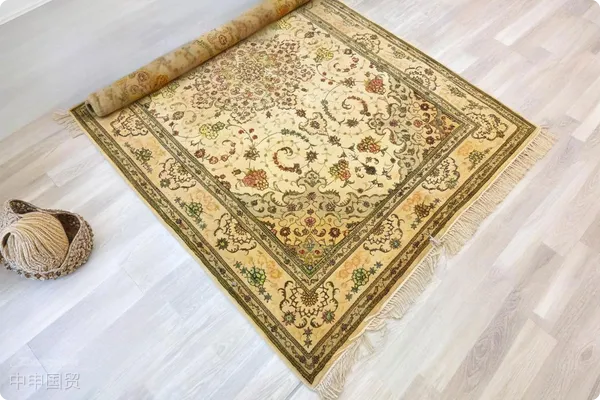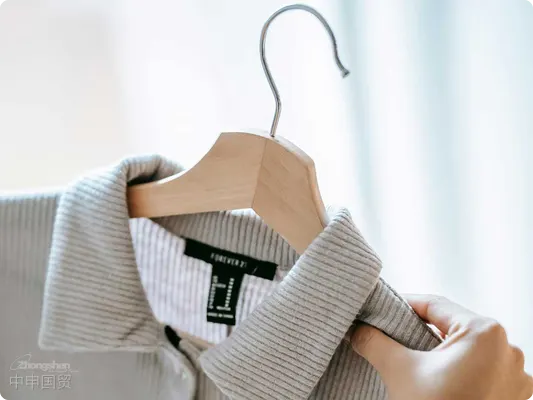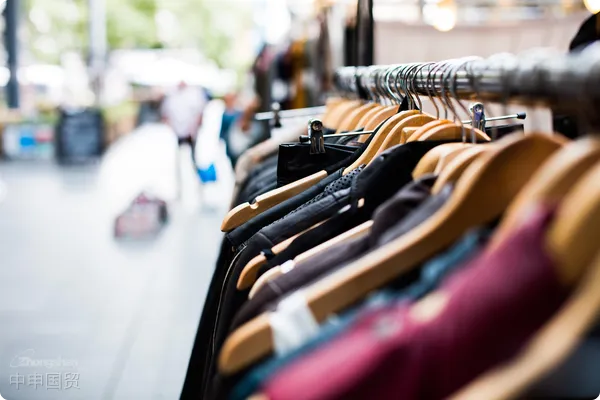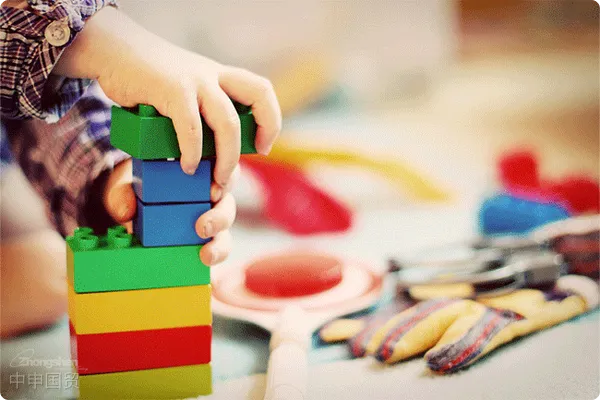- Shanghai Zhongshen International Trade Co., Ltd. - Two decades of trade agency expertise.
- Service Hotline: 139 1787 2118
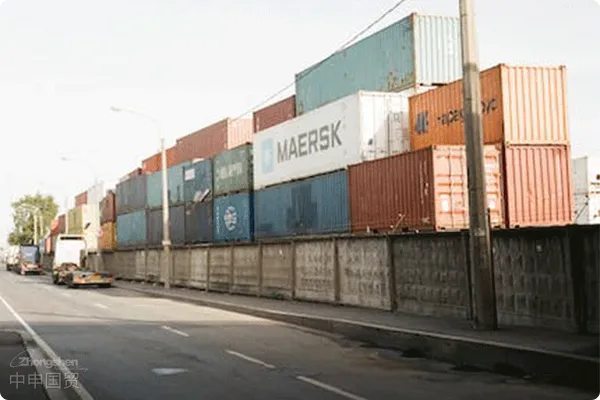
In the grand landscape of global trade, exporting lighting fixtures to Russia has emerged as a promising business sector.
I. Market Potential
Russias vast territory creates substantial demand for lighting products through urban construction, infrastructure development, and residential living improvements. As Russias economy develops, both modernization projects in major cities like Moscow and St. Petersburg and renovation projects in smaller towns generate continuous demand for various lighting fixtures. From indoor chandeliers, wall lamps, and ceiling lights for homes, hotels, and commercial spaces to outdoor street lamps and landscape lighting that enhance urban aesthetics and safety - the market potential is considerable.
II. Cultural and Design Considerations
Russia possesses unique cultural and aesthetic preferences. When exporting lighting fixtures, its essential to incorporate local cultural elements into product designs. For instance, traditional Russian architecture features solemn, majestic styles - lighting designs for historic buildings or interior decoration could incorporate traditional patterns like complex geometric shapes or ethnic plant motifs. Color preferences favor gold and red tones, which can be applied to decorative elements or housing colors to better align with local market preferences and enhance product appeal.
III. Quality and Standards
Russia maintains strict quality and safety standards for imported lighting fixtures. Products must comply with electrical safety regulations including voltage compatibility (Russias standard voltage is 220V), fire prevention, and shock protection requirements. Durability and stability are also evaluated. Exporters must ensure products undergo rigorous quality testing and obtain necessary certifications like GOST-R. This not only meets regulatory requirements but also establishes strong brand reputation.
IV. Logistics and Transportation
Russias enormous geographical area presents logistical challenges for lighting exports. As fragile goods, lighting fixtures require special packaging with proper cushioning materials and sturdy outer boxes to prevent damage during long-distance transport. Shipping method selection must balance cost, delivery time, and cargo safety. For urgent orders or high-value products,Air Transportationmay be preferable despite higher costs; whileMaritime Transportationoffers lower costs but longer transit times, requiring consideration of potential port handling impacts on fragile goods.
V. Competitive Landscape
The Russian lighting export market faces global competition. European manufacturers hold market share in premium segments through design, quality, and brand advantages. Meanwhile, Asian exporters like China (already a major lighting exporter) and South Korea compete with cost-effective products. To stand out, exporters should clarify positioning - whether focusing on high-end custom lighting, diverse product lines for different needs, or superior after-sales service.
Exporting lighting fixtures to Russia presents significant opportunities through substantial market demand and unique cultural characteristics, but also challenges including quality standards, logistics, and intense competition. Only by thoroughly understanding and properly addressing these opportunities and challenges can exporters succeed in Russias lighting market.
Related Recommendations
? 2025. All Rights Reserved. 滬ICP備2023007705號-2  PSB Record: Shanghai No.31011502009912
PSB Record: Shanghai No.31011502009912
